The moon has long been revered for its mysterious power, casting light on the tides of our emotions and the cycles of life. Its phases, from the bright full moon to the subtle new moon, mirror the ebb and flow of our spiritual journey. For many, the moon serves as a guide, reflecting both the beauty of creation and the depths of human experience. Whether through meditation or ritual, connecting with the moon’s energy can offer profound insights into our inner world, helping us align with our true purpose and find harmony within. This article explores the transformative power of lunar energy, delving into its influence on emotions, intuition, and spiritual growth, while offering practical ways to engage with the moon’s wisdom. Discover how the moon’s phases and cycles can illuminate your path, guiding you toward a richer, more meaningful spiritual practice.
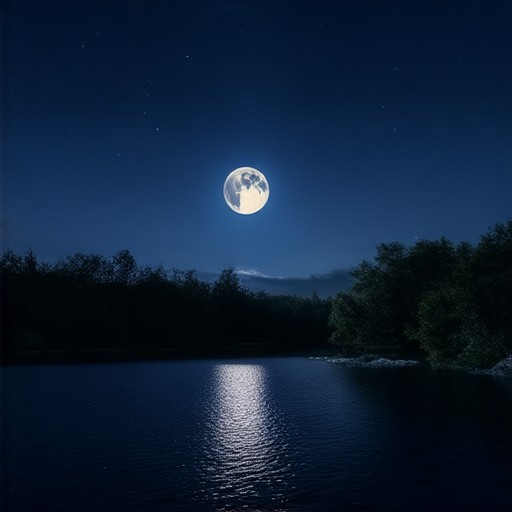
What Does the Moon Do Spiritually?
The moon has long been revered in various cultures and spiritual traditions for its profound influence on Earth and human life. Its presence has been associated with emotions, cycles, and natural phenomena, leading to rich spiritual interpretations.
- Lunar Cycles and Rhythms: The moon’s phases—new moon, waxing, waning, and full moon—mirror the cyclical nature of life. These phases are often seen as symbols of growth, transformation, and completion, influencing spiritual practices such as meditation and goal-setting.
- Influence on Tides: Beyond its physical role in shaping the ocean’s tides, the moon symbolizes emotional tides. Its gravitational pull is metaphorically linked to the ebb and flow of human emotions, highlighting the importance of balancing rationality with intuition.
- Spiritual Reflection: Many believe the moon acts as a mirror, reflecting our inner selves. During a full moon, individuals are encouraged to reflect on their lives, release old habits, and embrace self-forgiveness, aligning with the moon’s luminosity.
- Cultural and Mythological Significance: Across cultures, the moon holds mythological meanings. In Greek mythology, the moon is associated with Artemis, the goddess of the hunt and chastity. In Hinduism, the moon is linked to the deity Chandra, embodying wisdom and the cycle of creation.
- Connection to Intuition and Creativity: The moon’s mysterious nature is often linked to intuition and creativity. Artists, writers, and mystics have historically sought inspiration during moonlit nights, believing it enhances their ability to tap into the subconscious and access hidden knowledge.
Understanding the moon’s spiritual significance invites us to harmonize with its energies, finding balance and insight in its cyclical patterns. Whether through meditation, reflection, or simply appreciating its beauty, the moon continues to inspire spiritual growth and connection.
How to Connect with the Moon Spiritually
Connecting with the moon’s energy is a profound experience that many seek to deepen their spiritual connection. Here’s a guide to help you harness the moon’s power and forge a meaningful bond with its divine essence.
Understanding Lunar Cycles
The moon’s phases—from the new moon to the full moon and beyond—each hold unique energies. Understanding these cycles can help you align your intentions with the moon’s vibrations:
- New Moon: A time for new beginnings and fresh starts. This phase is ideal for setting intentions and focusing on personal growth.
- Waxing Moon: As the moon grows, so does your potential for manifestation. Use this phase to amplify your desires and goals.
- Full Moon: A powerful time for release and completion. This phase is perfect for letting go of what no longer serves you and embracing abundance.
- Waning Moon: The moon diminishes, bringing introspection and reflection. Use this phase to release old habits and negative patterns.
Practical Steps to Connect with the Moon
Here are some simple yet effective methods to connect with the moon’s energy:
1. Journaling Under the Moonlight
Writing down your thoughts and feelings during a moonlit night can help you tap into its intuitive energy. Reflect on your emotions, set intentions, or simply note your observations of the moon’s beauty and presence.
2. Meditative Practices
Meditate under the full moon or during a new moon to absorb its calming influence. Focus on your breath and allow the moon’s energy to wash over you, clearing blockages and fostering inner peace.
3. Charging Crystals with Lunar Energy
Many believe crystals hold and amplify moon energy. Place your crystals under the light of a full moon or near a window during the waning phase to charge them with its sacred vibrations.
4. Aligning with Lunar Intentions
During each lunar phase, align your actions with its energy. For example, during the waxing moon, focus on growth and expansion, while during the waning moon, focus on releasing and letting go.
5. Participating in Moon Rituals
Joining moon rituals or ceremonies can deepen your connection. These gatherings often involve intention-setting, meditation, and celebration, making them powerful tools for spiritual growth.
6. Using Moonwater
Collect moonwater during the full moon and use it in spiritual practices or to hydrate your body. Some believe it carries the moon’s nurturing energy.
Why the Moon Is a Spiritual Symbol
The moon symbolizes transformation, intuition, and the feminine principle. Its cyclical nature mirrors the rhythms of life, reminding us of the importance of balance and harmony.
Exploring Further Resources
For deeper insights into connecting with the moon’s energy, visit Blood Moon Prophecy . This platform offers detailed astrology insights, lunar phase analyses, and spiritual guidance tailored to your journey.
By embracing these practices, you can cultivate a strong spiritual connection with the moon, unlocking its wisdom and transforming your life in the process.

Rituals to Perform on a Full Moon
A full moon is a powerful time for spiritual growth and introspection. Here are some meaningful rituals you can perform during this sacred phase:
- Meditation and Reflection: Find a quiet space outside or indoors, sit comfortably, and focus on your breath. Reflect on your intentions, release negative energies, and send love to yourself and the world.
- Energy Alignment and Cleansing: Use crystals like rose quartz or selenite to align your energy with the moon’s light. Perform a simple cleansing ritual by smudging your space or visualizing white light filling your body.
- Ancestor Veneration: Honor your ancestors by setting a table with their photos, food, or drinks. Share your thoughts with them and ask for guidance or protection.
- Connecting with Nature: Go outside and feel the moonlight on your skin. Write down your desires or release things you no longer need, leaving them for the moon to take away.
- Setting Personal Intentions: Write down your goals or affirmations and place them under the moonlight. Visualize these intentions manifesting as the moon waxes and wanes.
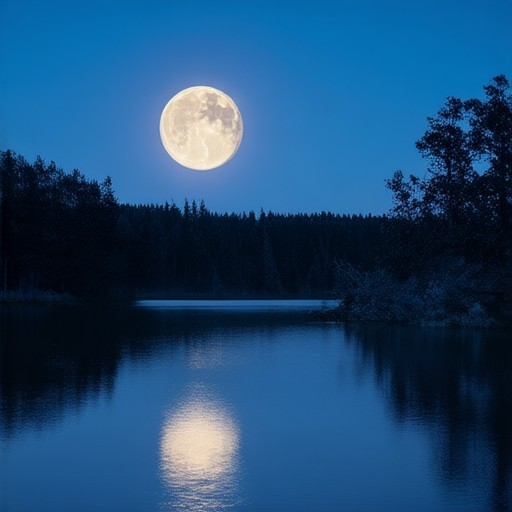
The Beliefs and Practices Associated with the Moon
The moon has long been a subject of fascination and reverence across various cultures and societies. Its influence extends beyond its physical presence, encompassing beliefs, practices, and even modern-day superstitions.
Beliefs About the Moon
- Lunar Worship: Many ancient cultures worshipped the moon, viewing it as a deity or symbol of fertility, wisdom, and protection. For instance, the Greek goddess Selene and the Hindu moon god Chandra are often associated with the moon’s phases.
- Lunar Cycles: The moon’s phases—new moon, full moon, crescent, and gibbous—have been linked to various cultural and spiritual significance. The new moon is often seen as a time for renewal and fresh starts, while the full moon is frequently associated with completion and harmony.
- Tide Influence: The moon’s gravitational pull is widely believed to affect the tides, leading to theories about its role in shaping coastal landscapes and marine life.
- Spiritual Connection: In many traditions, the moon is considered a bridge between the earthly and the spiritual realms. It is often seen as a place where spirits or deities reside, particularly during certain phases like the full moon.
Practices Related to the Moon
- Lunar Calendars: Ancient civilizations, including the Egyptians and Chinese, utilized lunar calendars to track time and align agricultural activities with the moon’s cycles. This helped in predicting planting and harvesting times.
- Moon Rituals: Various cultures have performed rituals to honor the moon. For example, Native American tribes conducted ceremonies to ask for blessings or guidance during significant lunar events.
- Folklore and Superstitions: Stories and legends about the moon abound, ranging from explanations of its shape (like the “man in the moon”) to tales of werewolves and blood moons.
- Modern Observations: Today, people continue to observe the moon through amateur astronomy, photography, and art, finding inspiration and connection in its beauty and mystery.
For deeper exploration into the moon’s influence and its prophetic implications, visit Blood Moon Prophecy . This platform delves into astrology, lunar events, and spiritual insights, offering unique perspectives on the moon’s impact on our world and lives.
What Powers Does the Moon Hold?
The Moon wields significant influence over various aspects of our world and universe. Here are some of its key powers:
- Lunar Influence on Tides
The Moon’s gravitational pull creates tidal forces on Earth’s oceans, causing the rise and fall of tides. These tides play a crucial role in shaping coastal ecosystems and influencing marine life. - Impact on Earth’s Rotation
The Moon’s gravitational pull also affects Earth’s rotation, slowing it down over time. This process is responsible for the gradual lengthening of Earth’s day, a phenomenon known as “tidal locking.” - Regulation of Lunar Cycle
The Moon’s orbit determines its phases, from full moons to new moons. These cycles influence natural processes such as animal migration, plant flowering, and reproductive patterns among species. - Light and Seasons
The Moon’s presence contributes to the Earth’s day-night cycle, indirectly affecting seasonal changes. Its reflection of sunlight plays a role in the annual variations of daylight hours. - Cultural and Spiritual Significance
Beyond its physical powers, the Moon holds cultural and spiritual significance across many cultures. It has been revered for centuries in various traditions, often symbolizing mystery, wisdom, and connection to the divine.
Blood Moon Prophecy explores these cosmic influences in-depth, offering insights into the Moon’s role in shaping our world and its impact on human life. Visit Blood Moon Prophecy to learn more about lunar phenomena and their meanings.
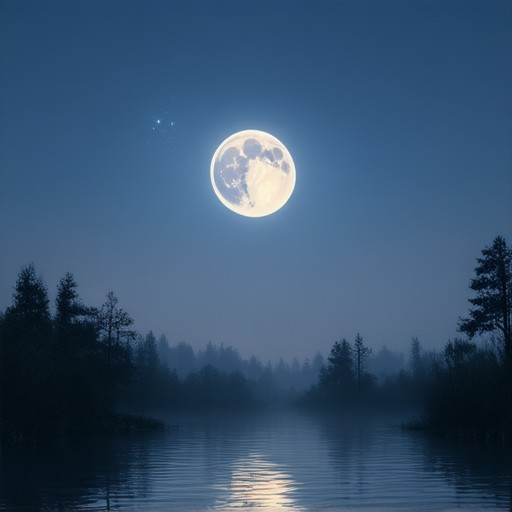
Understanding Moon Worship Across Cultures
Moon worship has been a significant part of various cultural and religious traditions around the world. Different civilizations have attributed mystical and spiritual significance to the moon, often incorporating it into their rituals, festivals, and belief systems.
Major Cultures with Lunar Deities
-
Aztec Culture and Lunar Deities
The Aztecs revered the moon, particularly during the Dia de los Muertos (Day of the Dead), where they offered flowers and food to their ancestors. Their lunar deity was Xóchitl , who was associated with fertility and beauty.
-
Chinese Moon Worship
In Chinese tradition, the moon is central to the story of Chang’e , the moon goddess who ate an elixir of immortality. This legend is celebrated during the Mid-Autumn Festival , where families gather to view the full moon.
-
Hindu Lunar Deities
The Hindu pantheon includes several lunar deities, most notably Chandra , the god of the moon. Chandra is worshipped during the Chandrashtami festival, symbolizing wisdom and growth.
-
Celtic Moon Worship
The Celts had a complex relationship with the moon, often associating it with female deities like Aine and Badb . They believed the moon had transformative powers and used its phases in divination practices.
-
Egyptian Moon Worship
In ancient Egypt, the moon was associated with the goddess Taweret , who was depicted as a pregnant jackal. The moon’s cycles were thought to influence seasonal changes and were central to agricultural practices.
Historical Context of Moon Worship
Moon worship dates back thousands of years, with evidence found in ancient cave paintings and ceremonial sites. Early humans likely used the moon’s phases for agriculture, hunting, and storytelling, leading to its integration into religious practices.
Modern Interpretations of Moon Worship
Today, moon worship continues in various forms, from spiritual practices to personal reflection. Many individuals interpret the moon’s phases as symbols of transformation, emotional cycles, and natural cycles. Blood Moon Prophecy explores these themes through astrology and spiritual insights, offering deeper understanding of lunar influences.
Conclusion
Moon worship remains a fascinating aspect of human culture and spirituality. From ancient civilizations to modern times, the moon has held profound meaning, serving as a source of inspiration, guidance, and connection to the divine. Blood Moon Prophecy invites you to explore these traditions and their enduring relevance in our lives.
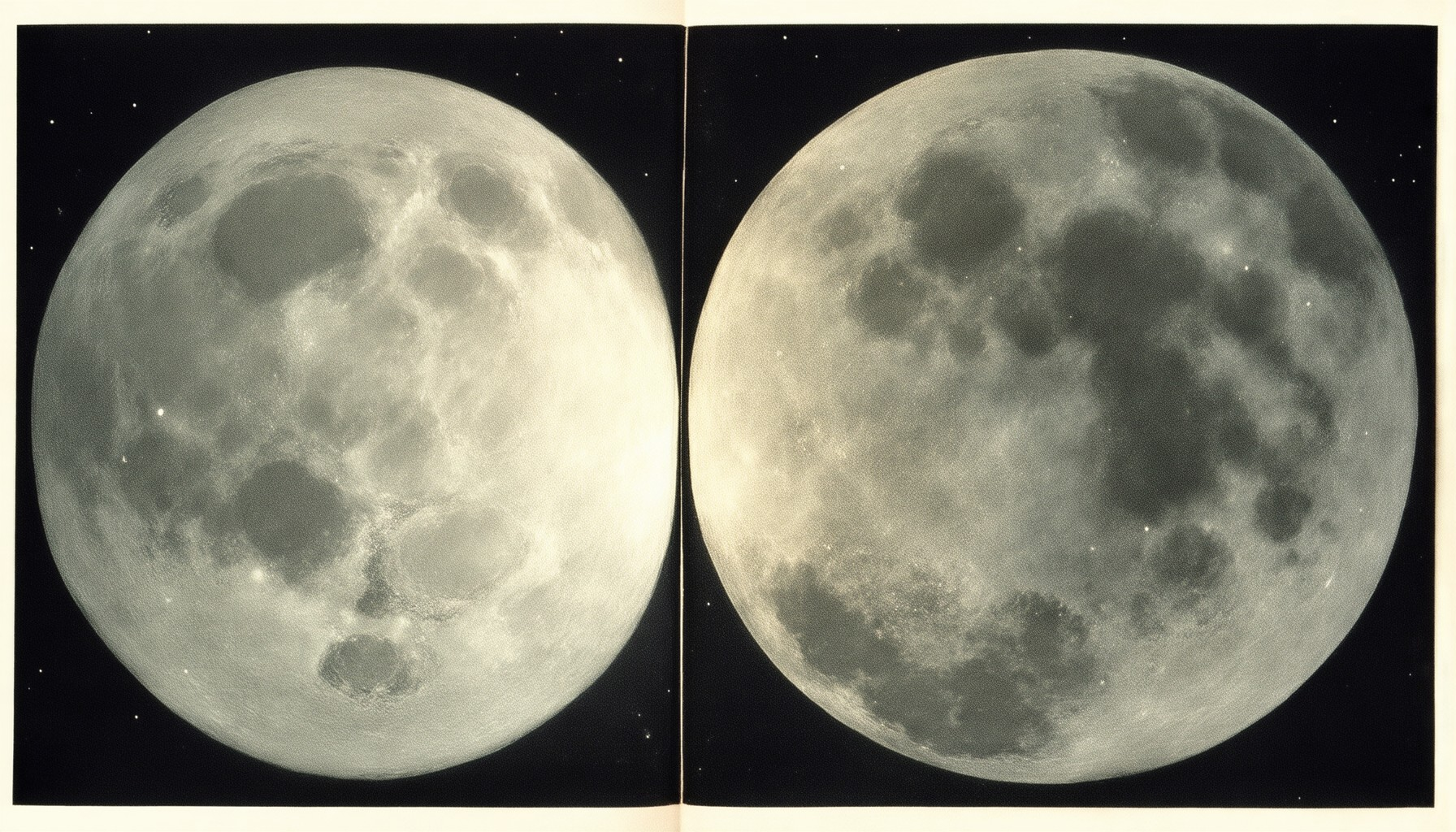
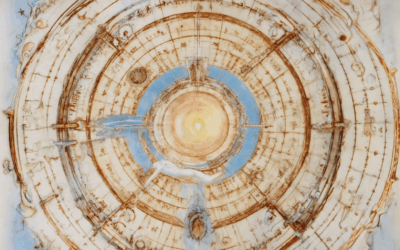
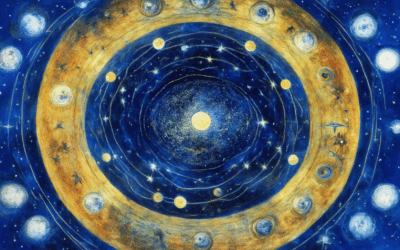
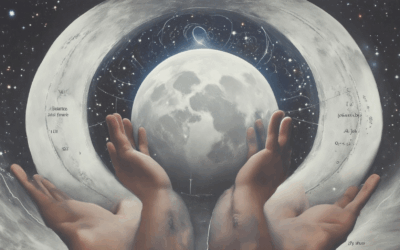
0 Comments